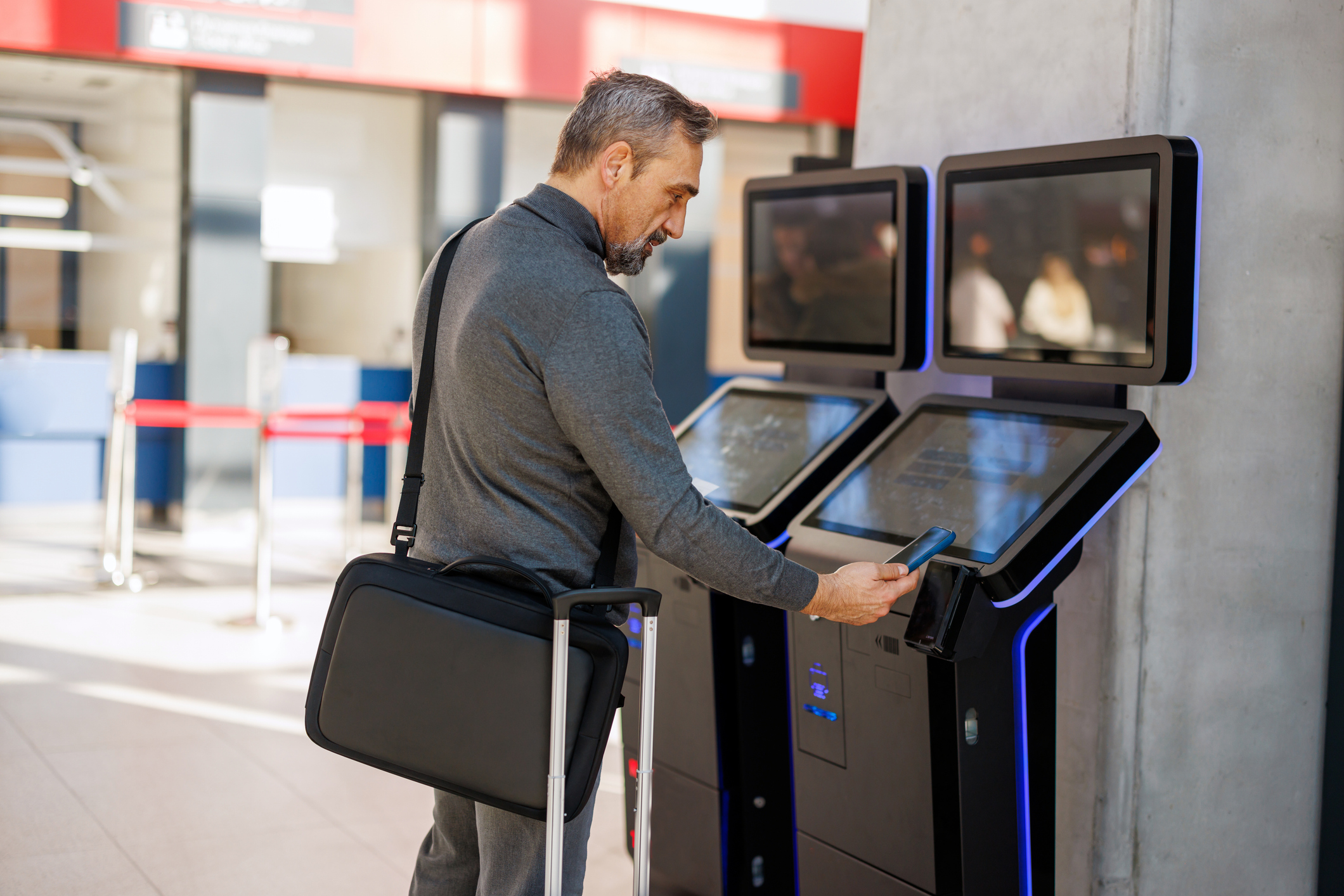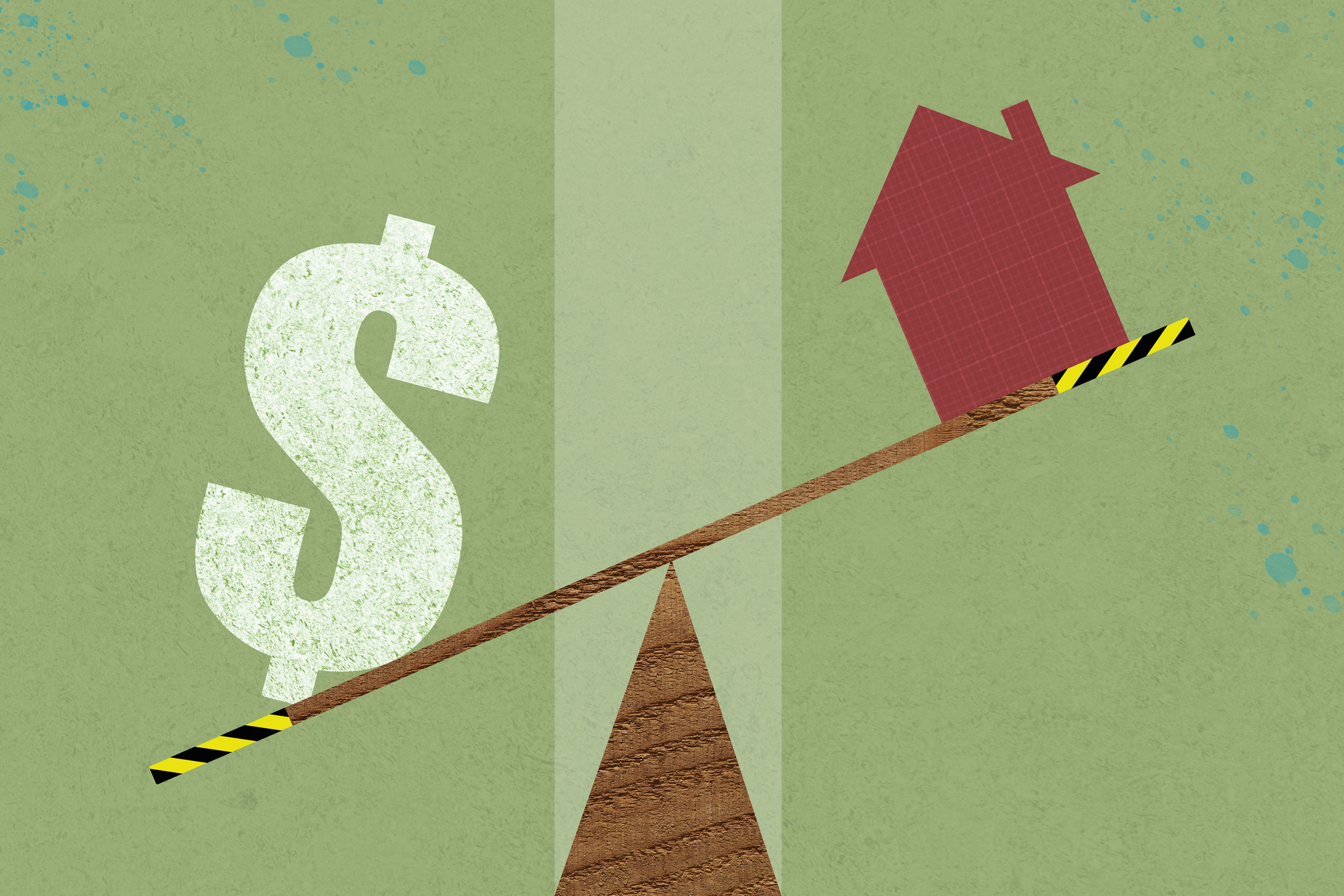US Increasing ESTA Fee to Nearly Double Starting in September
New fee structure hikes ESTA from $21 to $40, adding a new layer to visitor costs under the One Big Beautiful Bill.


Starting September 30, the cost of entering the U.S. under the Visa Waiver Program is going up, nearly doubling from $21 to $40.
Visitors to the U.S. from some of the nation’s closest allies will soon be required to pay these higher fees, which were outlined in the Trump administration’s One Big Beautiful Bill (OBBB).
The measure bundles several initiatives into a single piece of legislation, directing a portion of the new Electronic System for Travel Authorization (ESTA) revenue toward U.S. travel promotion while also helping to fund the Treasury.
From just $107.88 $24.99 for Kiplinger Personal Finance
Become a smarter, better informed investor. Subscribe from just $107.88 $24.99, plus get up to 4 Special Issues

Sign up for Kiplinger’s Free Newsletters
Profit and prosper with the best of expert advice on investing, taxes, retirement, personal finance and more - straight to your e-mail.
Profit and prosper with the best of expert advice - straight to your e-mail.
If you’re traveling to the U.S. from one of 40 Visa Waiver Program (VWP) countries, here’s what the higher fee means for you, how ESTA works and how to avoid paying more than necessary.
How ESTA works
The ESTA is an online travel screening system that allows citizens from VWP countries to travel to the United States for tourism or business for up to 90 days without needing a traditional visa.
Eligible travelers must apply through the U.S. Customs and Border Protection website and receive approval before boarding their flight. The ESTA authorization is valid for two years or until your passport expires, whichever comes first.
While ESTA doesn’t guarantee entry into the U.S., it’s a required pre-clearance process for millions of international travelers who prefer a faster, more affordable way to visit the U.S. compared with a formal visa application.
Kiplinger chose the best travel rewards cards for airline, hotel and other perks to help you save money. Explore the top travel card picks. Advertising disclosure.
Breaking down the new ESTA fee
Here’s a closer look at what’s changing:
Fee Category | Current (Pre-Sept. 30) | New (Starting Sept. 30) |
Travel promotion (Brand USA) | $17 | $17 (Unchanged) |
Operational fee (CBP/DHS) | $4 | $10 (increased) |
U.S. Treasury General Fund | $0 | $13 (new charge) |
Total per application | $21 | $40 |
According to CIBTvisas, the existing $17 travel-promotion fee remains unchanged, but the operational component increases, and a new Treasury contribution is introduced.
The impact of the OBBB on your next trip
The fee hike is part of the OBBB, a sweeping policy package that covers a wide range of government funding priorities. The bill includes provisions that redirect ESTA revenue to help support U.S. tourism and cover related federal costs.
The bill directs ESTA revenue to:
- Support Brand USA, the nation’s tourism marketing arm
- Help cover federal costs tied to travel infrastructure and processing
- Contribute to the U.S. Treasury General Fund
This shift means more of the cost of promoting and processing international travel will fall on visitors themselves, particularly those using streamlined programs such as ESTA.
Who can use ESTA?
Citizens of countries participating in the VWP are eligible to apply for ESTA instead of a traditional visitor visa.
As of 2025, 40 countries are part of the VWP, including:
- Europe: United Kingdom, Germany, France, Spain, Italy, Sweden, Ireland, Netherlands, Poland, Norway and more
- Asia-Pacific: Japan, South Korea, Singapore, Australia, New Zealand
- South America: Chile
- Other: Taiwan, Brunei
Travelers must have an e-passport (electronic chip passport) and plan to stay in the U.S. for 90 days or less for tourism, business or transit purposes.
For the full, up-to-date list of countries, visit the U.S. Visa Waiver Program page.
What the fee hike means for travelers
This change will affect millions of travelers who use ESTA each year. The new $40 fee might not seem like much individually, but for families or frequent travelers, the cost adds up, especially considering ESTA is per person.
If you're abroad and planning a trip to the U.S. in the near future, applying before September 30 can save you almost 50% in fees. Since ESTA approvals are valid for two years, applying now locks in the lower rate for multiple trips, assuming your passport remains valid.
Budget-conscious travelers and travel agencies will likely feel the pinch, especially those managing group tours or frequent corporate travel. The new ESTA fee structure reflects broader changes in how the U.S. funds tourism-related initiatives.
Though $40 might not be a dealbreaker, it’s a reminder that even visa-free travel comes with rising costs.
Related Content:
Profit and prosper with the best of Kiplinger's advice on investing, taxes, retirement, personal finance and much more. Delivered daily. Enter your email in the box and click Sign Me Up.

Choncé is a personal finance freelance writer who enjoys writing about eCommerce, savings, banking, credit cards, and insurance. Having a background in journalism, she decided to dive deep into the world of content writing in 2013 after noticing many publications transitioning to digital formats. She has more than 10 years of experience writing content and graduated from Northern Illinois University.
-
 Time Is Running Out to Make the Best Tax Moves for 2025
Time Is Running Out to Make the Best Tax Moves for 2025Don't wait until January — investors, including those with a high net worth, can snag big tax savings for 2025 (and 2026) with these strategies.
-
 4 Smart Ways Retirees Can Give More to Charity
4 Smart Ways Retirees Can Give More to CharityFor retirees, tax efficiency and charitable giving should go hand in hand. After all, why not maximize your gifts and minimize the amount that goes to the IRS?
-
 If You Do One Boring Task Before Year-End, Make It This One
If You Do One Boring Task Before Year-End, Make It This OneWho wants to check insurance policies when there's fun to be had? Still, making sure everything is up to date (coverage and deductibles) can save you a ton.
-
 4 Smart Ways Retirees Can Give More to Charity, From a Financial Adviser
4 Smart Ways Retirees Can Give More to Charity, From a Financial AdviserFor retirees, tax efficiency and charitable giving should go hand in hand. After all, why not maximize your gifts and minimize the amount that goes to the IRS?
-
 I'm an Insurance Pro: If You Do One Boring Task Before the End of the Year, Make It This One (It Could Save You Thousands)
I'm an Insurance Pro: If You Do One Boring Task Before the End of the Year, Make It This One (It Could Save You Thousands)Who wants to check insurance policies when there's fun to be had? Still, making sure everything is up to date (coverage and deductibles) can save you a ton.
-
 Should You Tap Your Home Equity Before 2026?
Should You Tap Your Home Equity Before 2026?As borrowing rates and tax law shifts converge, here's what homeowners need to know before pulling equity out of their home.
-
 'Politics' Is a Dirty Word for Some Financial Advisers: 3 Reasons This Financial Planner Vehemently Disagrees
'Politics' Is a Dirty Word for Some Financial Advisers: 3 Reasons This Financial Planner Vehemently DisagreesYour financial plan should be aligned with your values and your politics. If your adviser refuses to talk about them, it's time to go elsewhere.
-
 For a Move Abroad, Choosing a Fiduciary Financial Planner Who Sees Both Sides of the Border Is Critical
For a Move Abroad, Choosing a Fiduciary Financial Planner Who Sees Both Sides of the Border Is CriticalWorking with a cross-border financial planner is essential to integrate tax, estate and visa considerations and avoid costly, unexpected liabilities.
-
 21 Money Moves Smart People Are Making Before 2026
21 Money Moves Smart People Are Making Before 2026These steps can help trim your tax bill, boost your savings, lower your health care costs and set you up for financial success in 2026.
-
 A Financial Adviser's Guide to Divorce Finalization: Tying Up the Loose Ends
A Financial Adviser's Guide to Divorce Finalization: Tying Up the Loose EndsAfter signing the divorce agreement, you'll need to tackle the administrative work that will allow you to start over.
-
 Uber Takes Aim at the Bottom Lines of Billboard Personal Injury Lawyers
Uber Takes Aim at the Bottom Lines of Billboard Personal Injury LawyersUber has filed lawsuits and proposed a ballot initiative, in California, to curb settlements it claims are falsely inflated by some personal injury lawyers.
